On Thursday we left Saeby behind and sailed south towards the island of Anholt in the middle of Kattegat. At the beginning the wind was dead on the nose and we motored. After the turn towards Anholt on southern side of Laesö island we raised mainsail and genoa to help the work of Perkins. The sails gave us one to two knots of extra speed and at the same time the fuel consumption went down. When talking about the fuel I must say that we have used during this cold summer more fuel in the heater than for the engine. Anyhow, improving a fuel economy is always a good thing and motorsailing is a decent alternative to beating. The leg’s length was 51 nautical miles and we motorsailed half of it. We arrived in Anholt just before the sunset.
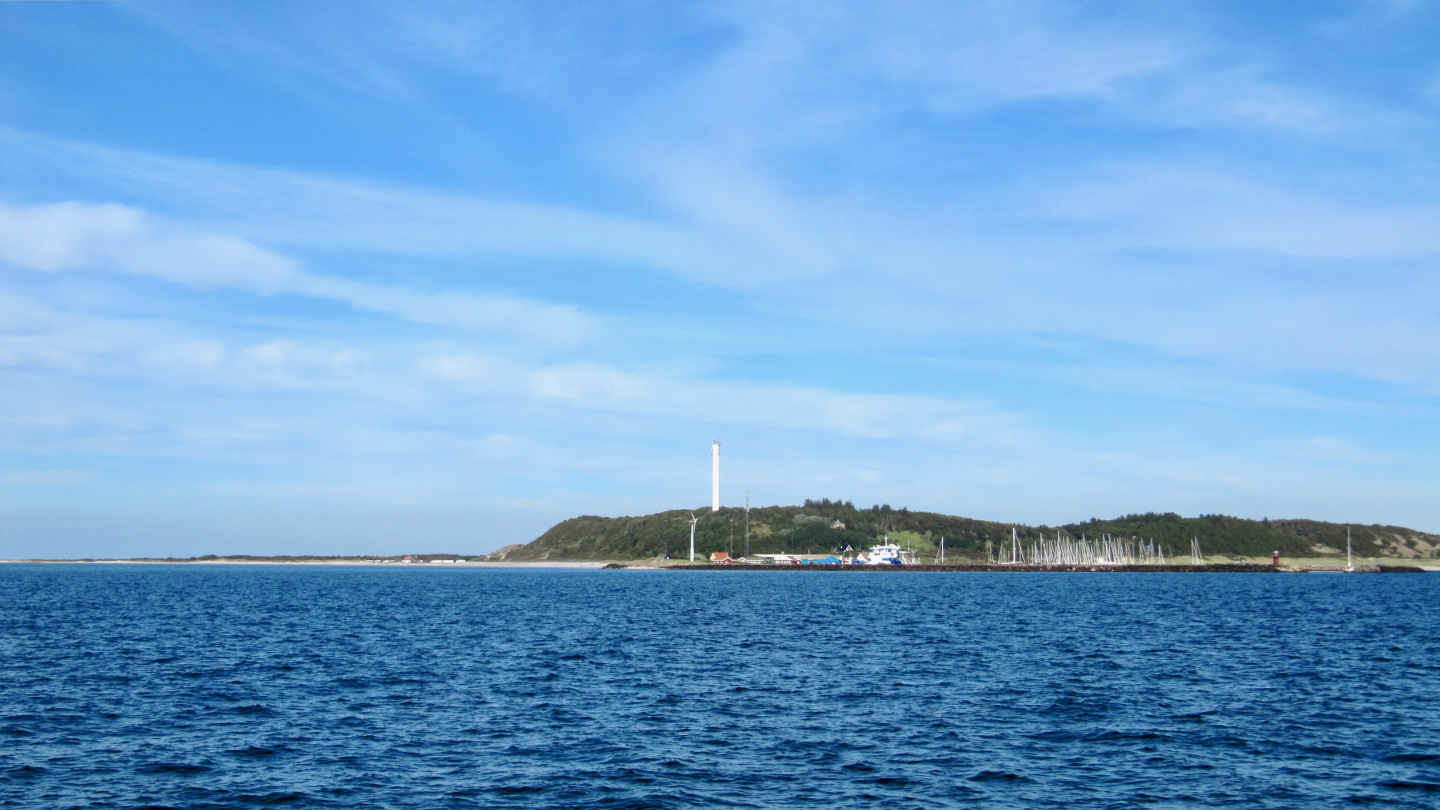
During this leg we reached again another milestone for ourselves. We passed a 5000 nautical miles totally in our sailing voyages. Four seasons of previous boating plus half of the current one equals 5000 nm – not bad at all.
In the marina guidebook the Anholt harbour was described to have a mooring with stern anchors. This was incorrect and there were buoys in all docks. We tied Suwena’s bow to the buoy and stern to the dock after which she was ready for a couple of day’s visit in Anholt.
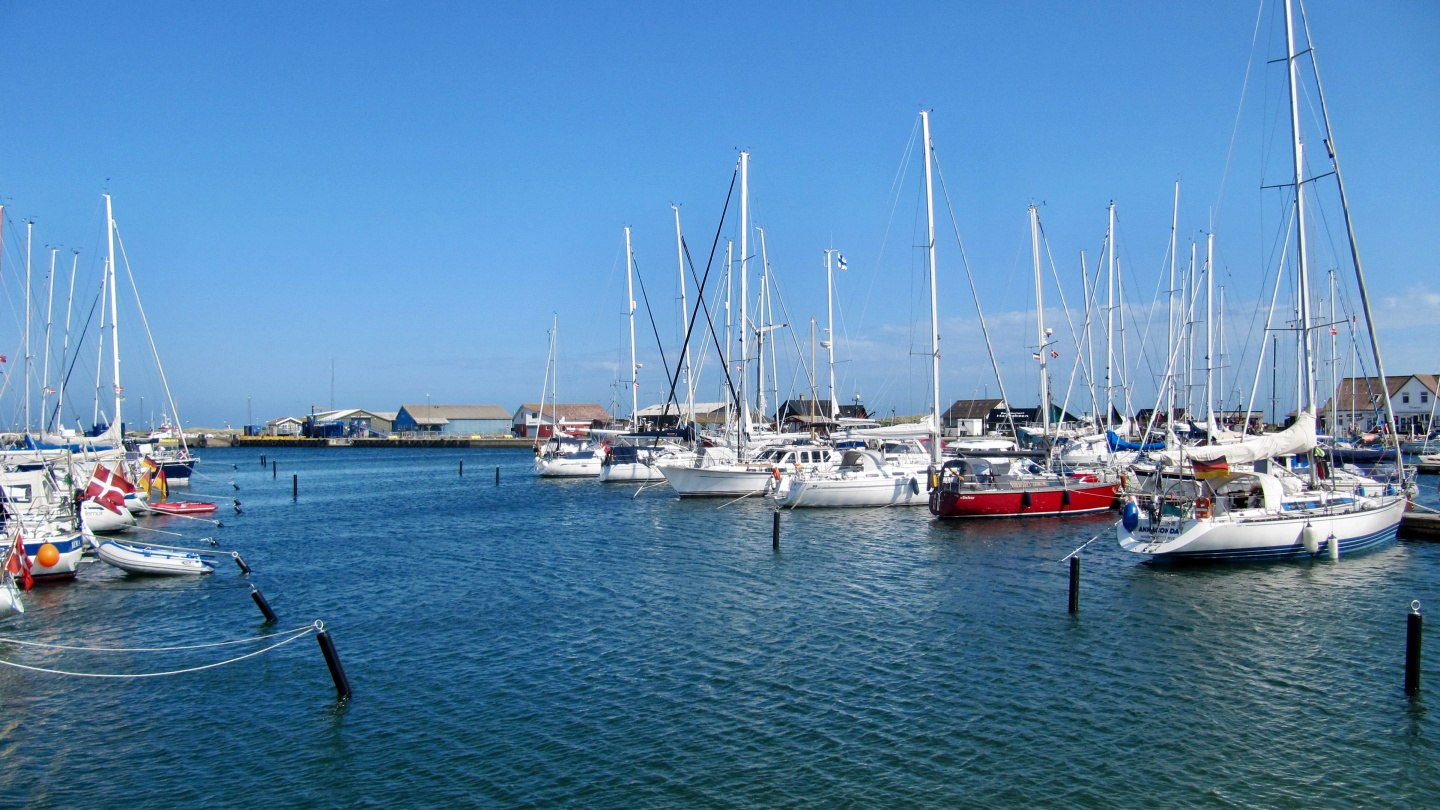
Anholt island is a popular destination and we heard that for example during the Midsummer the harbour is very crowded with many boats rafted up. Also now there were a lot of boats however this time everybody had their own buoy. The sandy beach is starting just next to the docks and children were playing happily there. There were also a huge barbecue area built to the shore. It featured three different grills and a dozen long tables. During the evenings boaters brought to barbecue many delicacies from crabs to stakes and of course the sausages. One of the sailors played accordion and every now and then a sing-along were sang. The atmosphere was relaxed and many languages were spoken which were mixed together into a comfortable gabble. The barbecue place in Anholt was special because the grills were warmed up by the harbour personnel and therefore also the crews from boats lacking the charcoal could join the party.
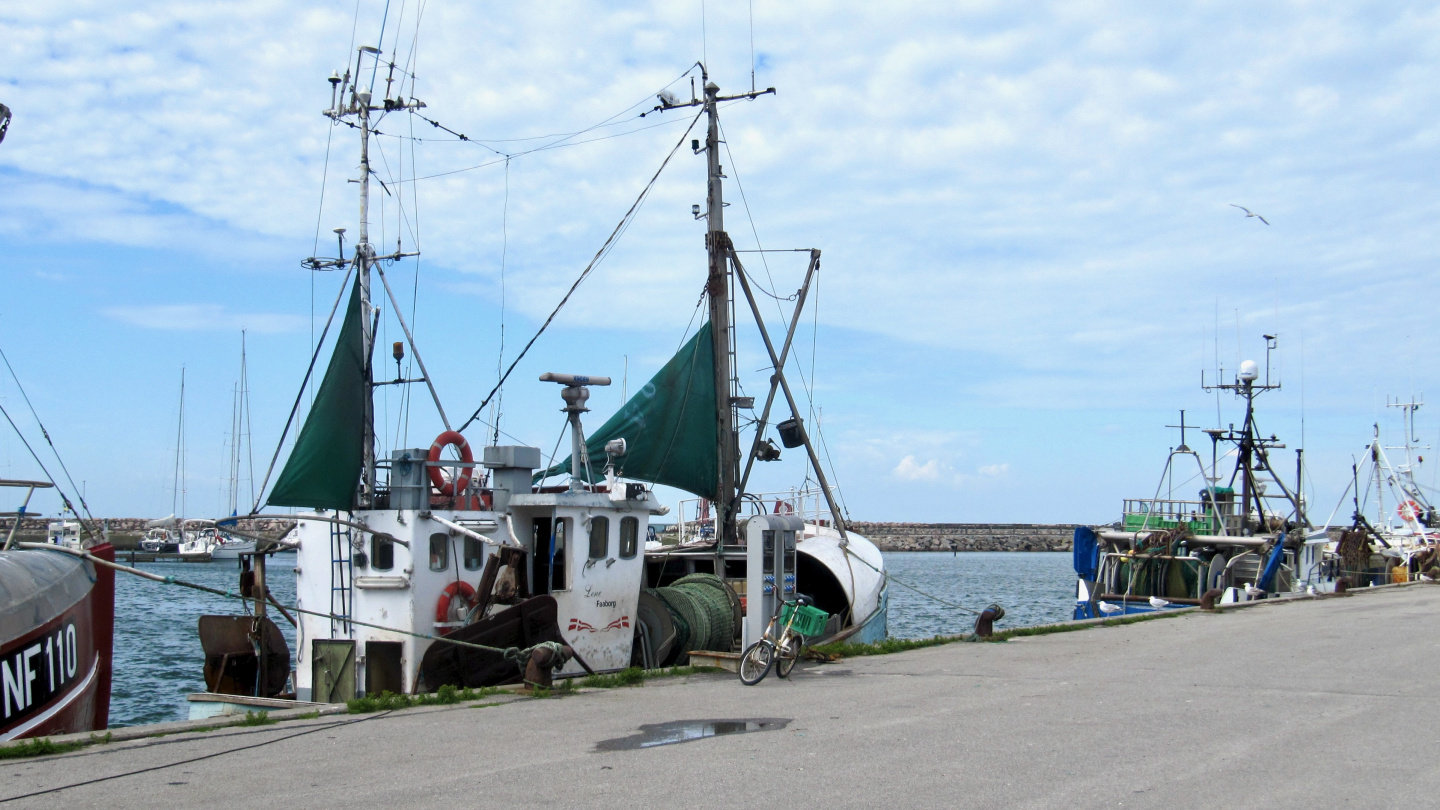
On Friday the rain was pouring all day and everybody stayed on their boats. The most annoyed must have been the Swedish squadron of boats. They continued already on early Saturday morning and had no time to enjoy the island. For us the day passed quickly by doing various chores aboard.
The Sun was back on Saturday for the whole day. It was time to go for a walk around the island. The Danish have a fun story about Anholt island. Back in 1545 when they negotiated with Swedes about the peace and the rest of the province of Halland was transferred to Sweden, Anholt was still left to Denmark. The story tells that a clever Danish negotiator put the beer mug on the top of Anholt on the map and Swedish did not notice this during the peace negotiation.
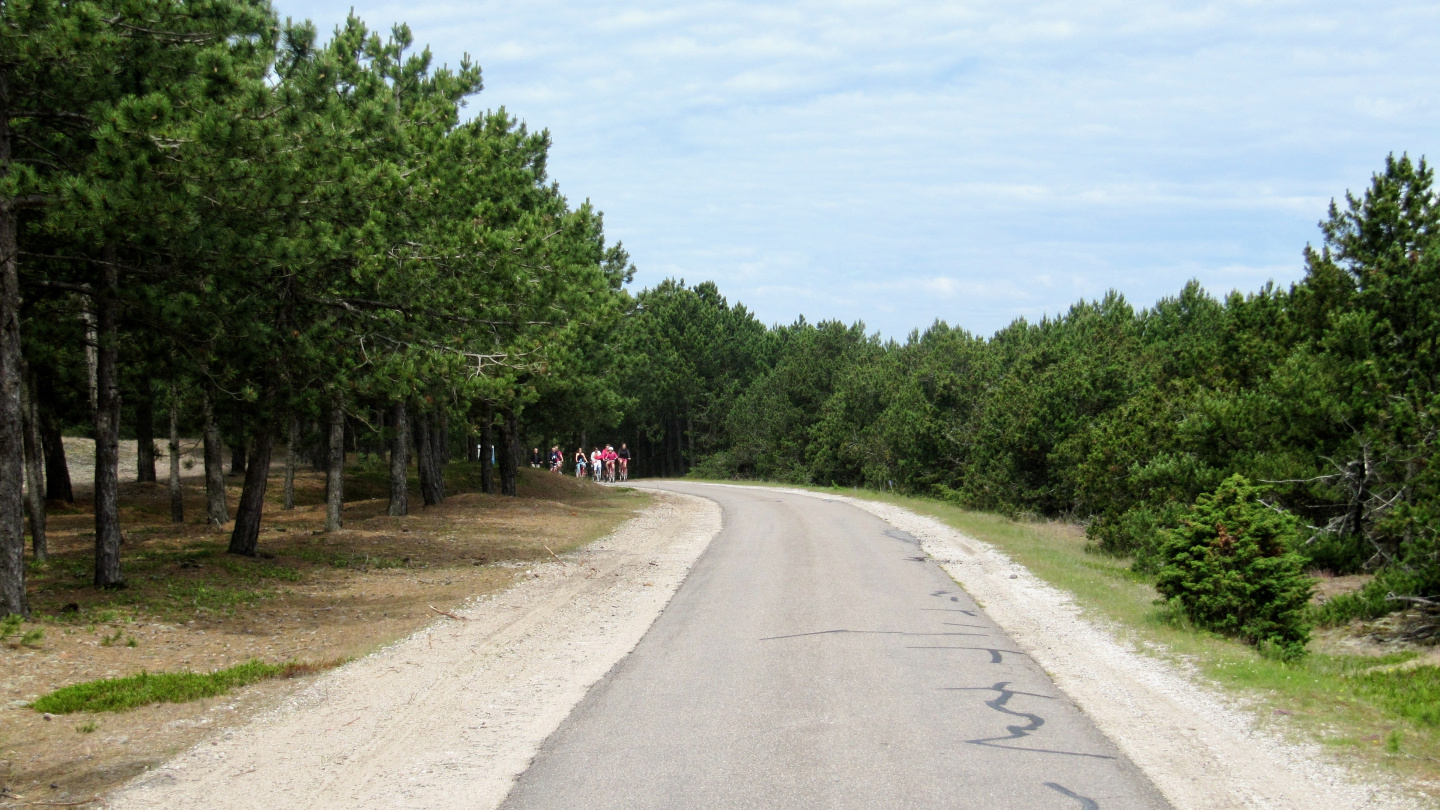
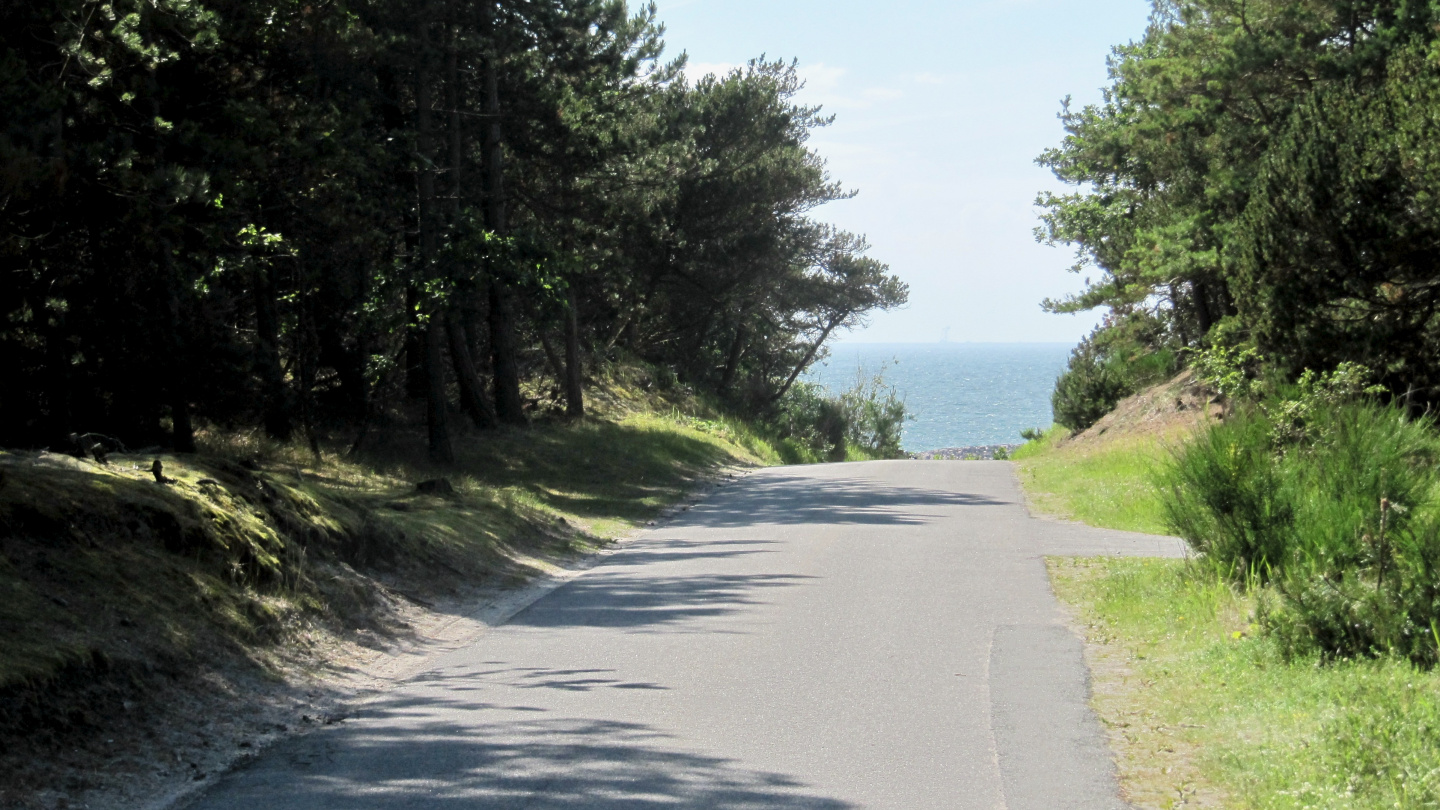
We walked a few kilometres to the centre of the village where we saw the smallest church we have ever seen. But I anyhow think all permanent residents would fit into it.
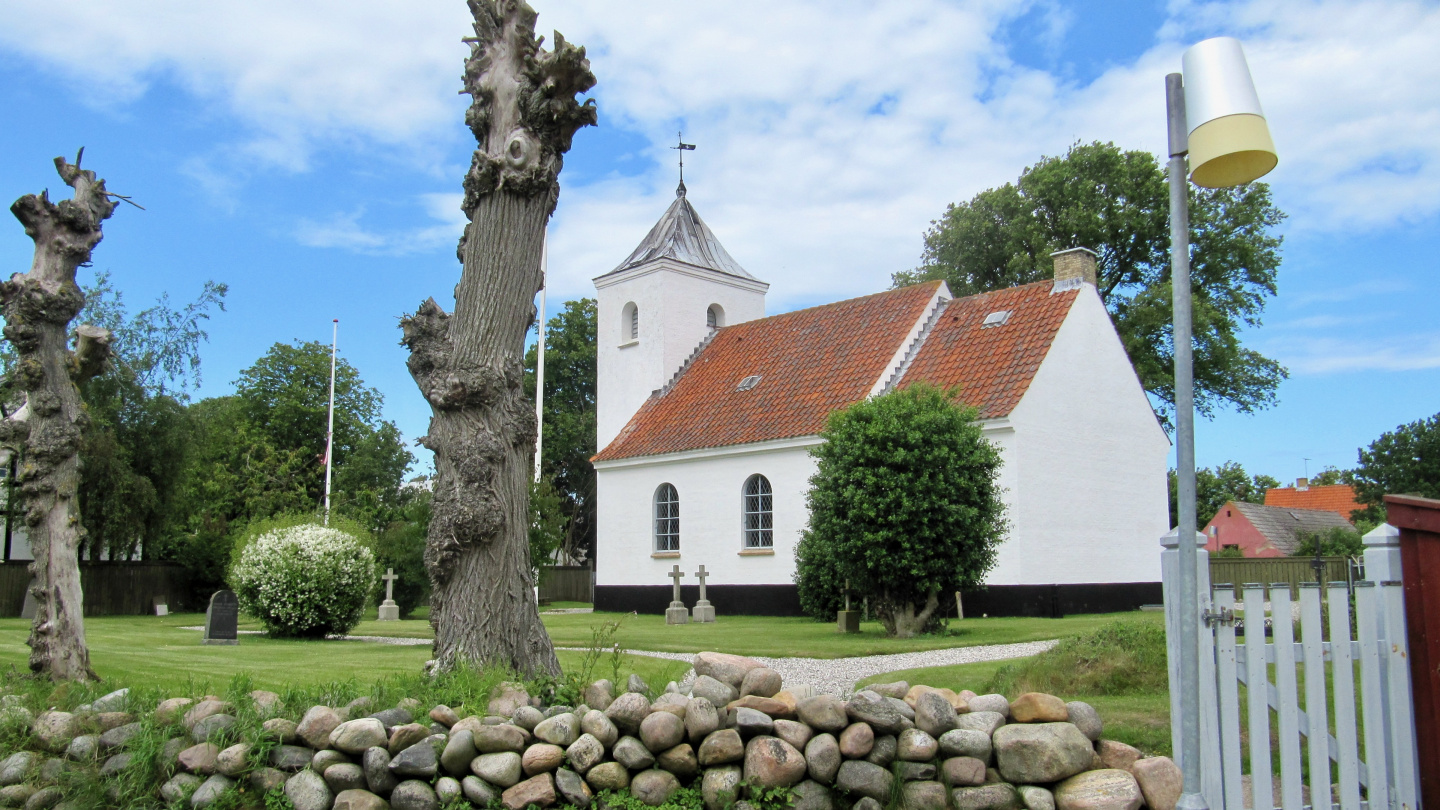
On the northeastern corner of the island we can see influence of human activities on the nature. Danish king Frederick II decided to build lighthouses to secure the navigation of ships in Kattegat and one of them was located on Anholt island. The trees on the island were harvested for burning the light. The soil however is very sandy and trees did not grow back. The eastern side of the island was deserted and it is nowadays the biggest desert in Northern Europe with only lichens growing there. The deserting was not even stopped by starting to use coal as a fuel for the lighthouse in 1620. The result of cutting the trees for sixty years can still be seen.
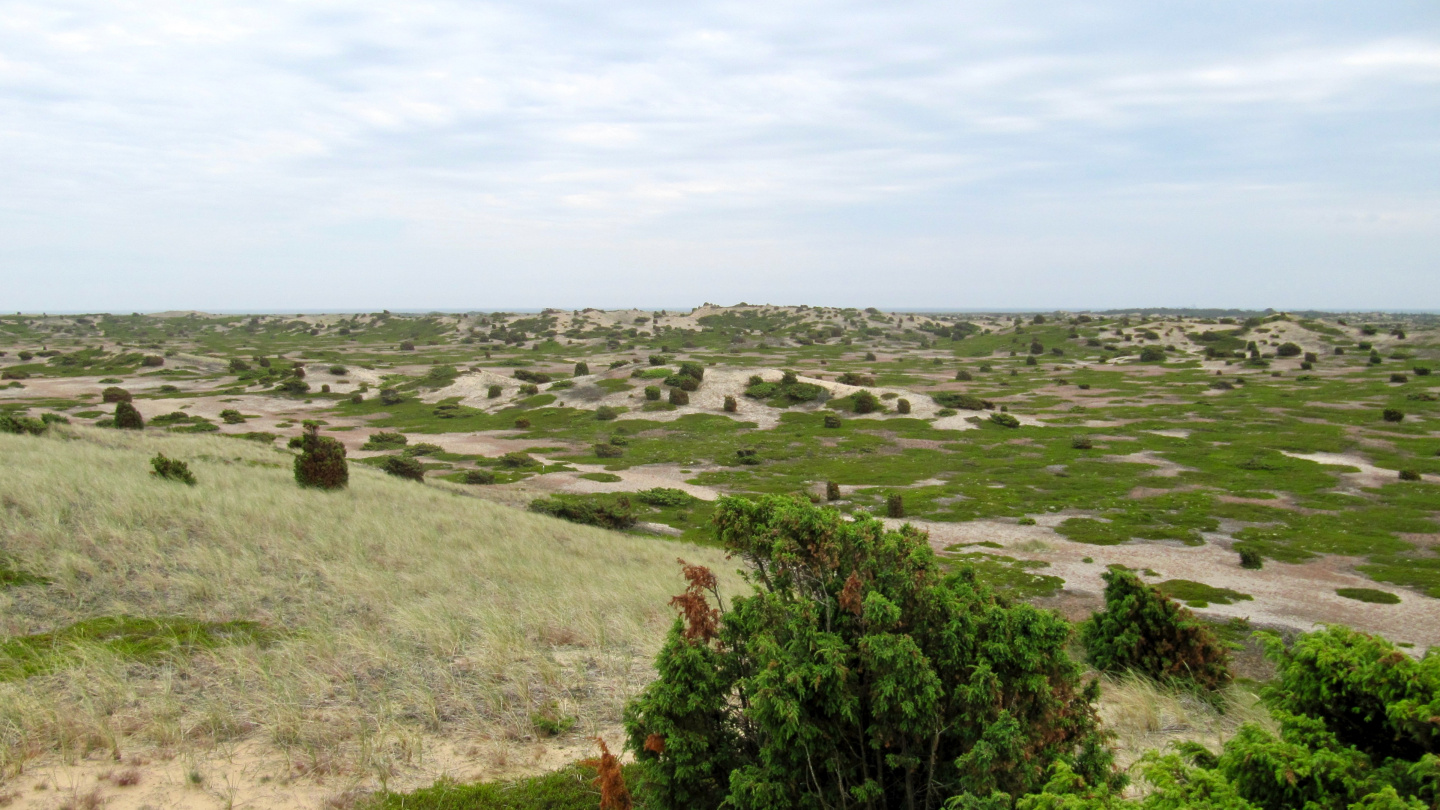
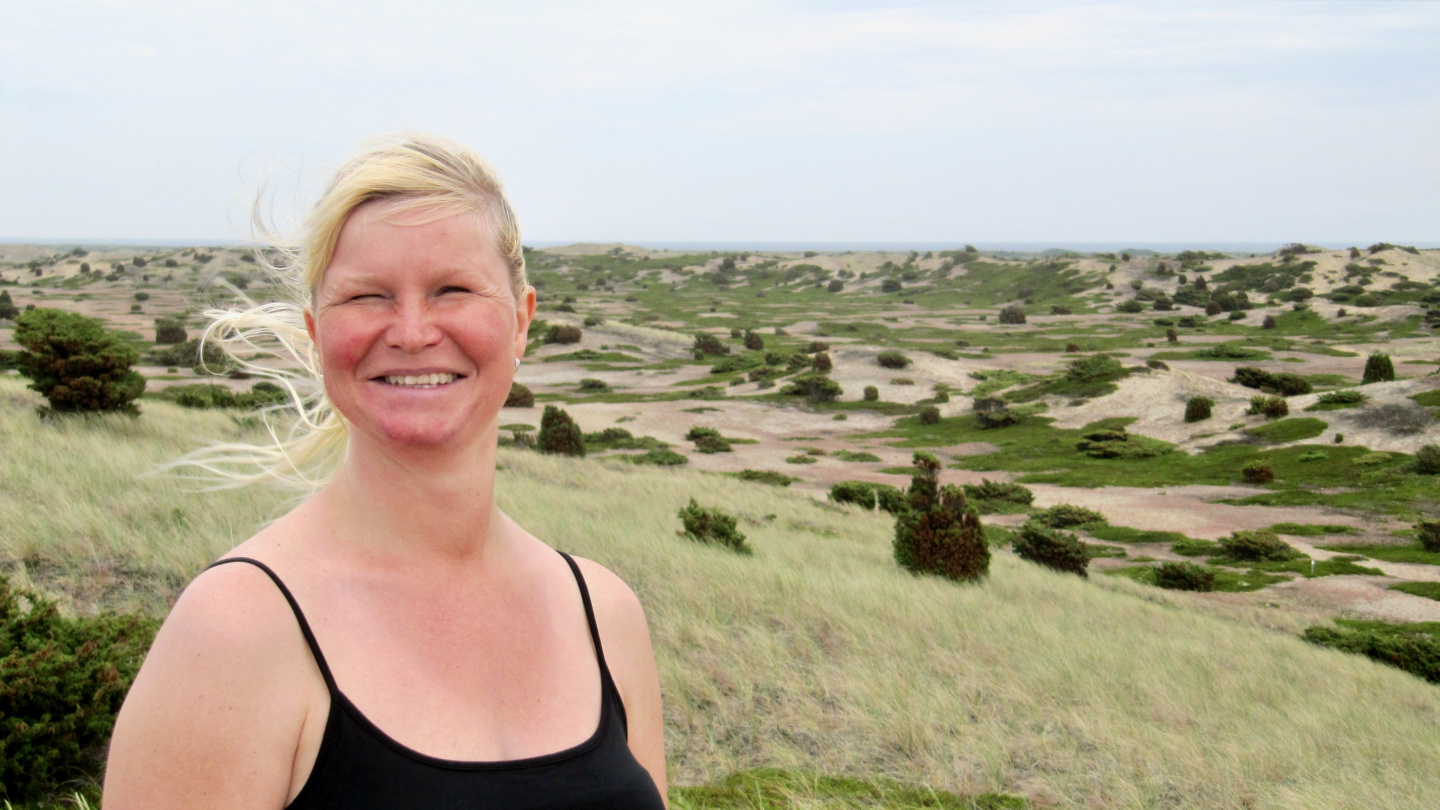
Ørkenen desert is now a natural reserve area and it is not allowed to use any vehicles, not even a bicycle. We made a short trek to the desert and when we reached back to the hard ground we really had to empty our shoes from the sand. It was very hot day and we did not fancy to take a 15 kilometre trek to the lighthouse and back on the desert. A short round to get the general feeling was enough for us. In the eastern corner is anyhow a protection area for seals and visitors are not allowed there. It would have been fun to use binoculars to look at the seals from the lighthouse but we left this fun to other brave wanderers in a sand.
The western coast of the island has forest and the smell of the trees was similar to Finland. Our tour around the island took whole day and we finished it by wading on the sandy beach in crystal clear water during the sunset.

